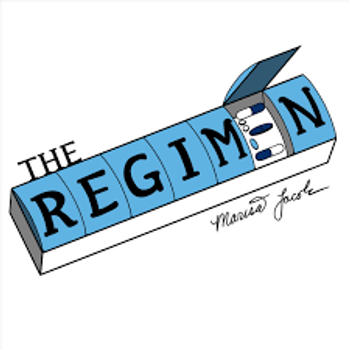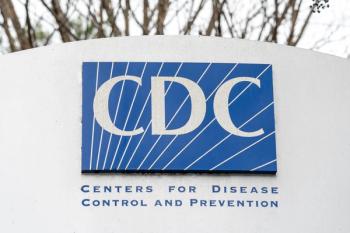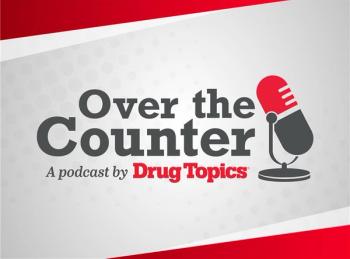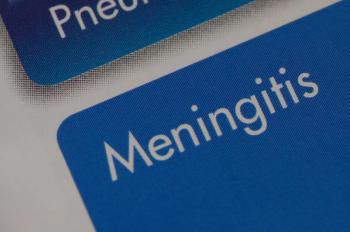
Delays in Hypertension Diagnosis Common, Associated With Adverse Outcomes
Researchers investigated the timing of hypertension diagnosis, exploring its association with medication prescribing and long-term cardiovascular outcomes.
Delays in hypertension diagnosis were found to be significantly common and were typically associated with delays in treatment and adverse cardiovascular outcomes, according to study data published in JAMA Network Open.1
“Hypertension affects nearly 50% of individuals in the US, and its persistent elevation can lead to severe health complications,” the authors wrote. “Evidence-based guidelines emphasize the importance of early detection and treatment to mitigate the cumulative risk of adverse outcomes over time. Timely diagnosis is critical for initiating effective treatment, but the association of diagnostic delay with cardiovascular outcomes is understudied.”
When it comes to treating and diagnosing hypertension or high blood pressure (BP), a variety of organizations and trusted resources have provided guidelines on hypertension management. One of those organizations, the European Society of Hypertension, recommends a threshold greater than 140/90 mm Hg for a hypertension diagnosis, whereas the American College of Cardiology and the American Heart Association have a lower threshold at greater than 130/80 mm Hg.2
READ MORE:
Regarding the current guidelines for hypertension treatment, experts recommend that either combination or monotherapy is appropriate for patients with hypertension just beginning treatment. Those therapies would include antihypertensive medications such as angiotensin-converting enzyme (ACE) inhibitors or angiotensin receptor blockers (ARBs).3 However, according to data in this Wolters Kluwer study, age, risk factors, and other characteristics can all impact a patient's hypertension treatment regimen.
Despite its global prominence, hypertension continues to go underdiagnosed for various reasons. Indeed, the researchers of the JAMA Network Open study reported that around 30% of patients with elevated BP lacked both a formal hypertension diagnosis and a treatment regimen.1
Aside from a lack of research on the underdiagnosis of hypertension, there is also a lack of knowledge on how underdiagnosis can translate to poor health outcomes.
“Despite prior research [findings] highlighting underdiagnosis of hypertension, the extent of diagnostic delay and its consequences for cardiovascular outcomes remain poorly quantified,” the authors continued.1 “This study examines how the timing of hypertension diagnosis is associated with treatment initiation and cardiovascular risk, leveraging EHR [electronic health record] data from a large regional health system. Our findings aim to provide actionable insights to support earlier intervention and improve patient outcomes.”
The researchers explored EHR data of adults aged 18 to 85 years with at least 2 outpatient BP readings of 140/90 mm Hg or more at least 30 days apart from January 1, 2010, to December 31, 2021. Participants’ hypertension diagnoses were categorized into 4 separate groups: preexisting diagnosis, diagnosed between first and second BP elevation, diagnosed after second elevation, and no recorded diagnosis.
“The primary outcome was antihypertensive medication prescription within 30 days of diagnosis,” the authors wrote.1 “The secondary outcome was the 5-year composite risk of myocardial infarction, ischemic stroke, or heart failure hospitalization.”
A total of 311,743 patients (mean age, 57.9 years; 53.3% women) with hypertension were included in the study. An official hypertension diagnosis in this study was 2 consecutive BP elevations measured within a 2-year period and at least 30 days in between readings.
Regarding the timing of patients’ hypertension diagnoses, 14.6% of the population was diagnosed after the second BP elevation. Overall, regarding hypertension’s association with patient traits, diagnoses were most common among patients of younger age, women, and those who were non-Hispanic Asian or Black.
“[The data from] this study demonstrate that delays in hypertension diagnosis are common and are associated with progressively worse patient outcomes,” the authors continued. “Delayed diagnosis was associated with a reduced likelihood of antihypertensive medication treatment and significantly increased cardiovascular risk, with the highest risk among those diagnosed more than 1 year after documented BP elevations.”
The longer patients waited for a hypertension diagnosis, the longer treatment initiation took, with the likelihood of receiving treatment decreasing as delays increased. For example, patients diagnosed within 90 days of a second BP elevation had a 54.5% chance of receiving antihypertensive medication. Those diagnosed within 90 to 365 days were 32.4% likely to receive treatment, and those diagnosed a year or more after the second elevation had a 26.4% chance of receiving treatment.
“Although a possible explanation for delayed diagnosis is infrequent health care engagement, our findings suggest otherwise. Patients with delayed hypertension diagnoses had a similar number of outpatient and primary care visits before their second elevated BP reading compared with those diagnosed earlier,” wrote the authors.1 “These findings suggest that delays were primarily due to missed clinical opportunities rather than patient disengagement from care.”
Although underdiagnosis and failure to treat at-risk individuals lead to poor health outcomes, in terms of hypertension, experts are working to make its management more easily accessible. With the discovery of the factors leading to underdiagnosis and, in turn, poor cardiovascular outcomes, researchers will look toward the EHR to further reduce risks in the future.
“In this cohort study of 311,743 adults with a computed hypertension diagnosis, delays in hypertension diagnosis were common and were associated with lower antihypertensive treatment rates and higher long-term cardiovascular risk,” they concluded.1 “Interventions leveraging EHR systems may help facilitate earlier recognition and treatment of hypertension, potentially reducing cardiovascular risk.”
READ MORE:
Don’t get left behind: Sign up today for our
References
1. Lu Y, Brush JE Jr, Kim C, et al. Delayed hypertension diagnosis and its association with cardiovascular treatment and outcomes. JAMA Netw Open. 2025;8(7):e2520498. doi:10.1001/jamanetworkopen.2025.20498
2. Vemu PL, Yang E, Ebinger J. 2023 ESH hypertension guideline update: bringing us closer together across the pond. American College of Cardiology. February 5, 2024. Accessed July 15, 2025. https://www.acc.org/Latest-in-Cardiology/Articles/2024/02/05/11/43/2023-ESH-Hypertension-Guideline-Update
3. Mann JFE, Flack JM. Hypertension in adults: initial drug therapy. UpToDate. Updated June 25, 2025. Accessed July 15, 2025. https://www.uptodate.com/contents/hypertension-in-adults-initial-drug-therapy
Newsletter
Pharmacy practice is always changing. Stay ahead of the curve with the Drug Topics newsletter and get the latest drug information, industry trends, and patient care tips.


